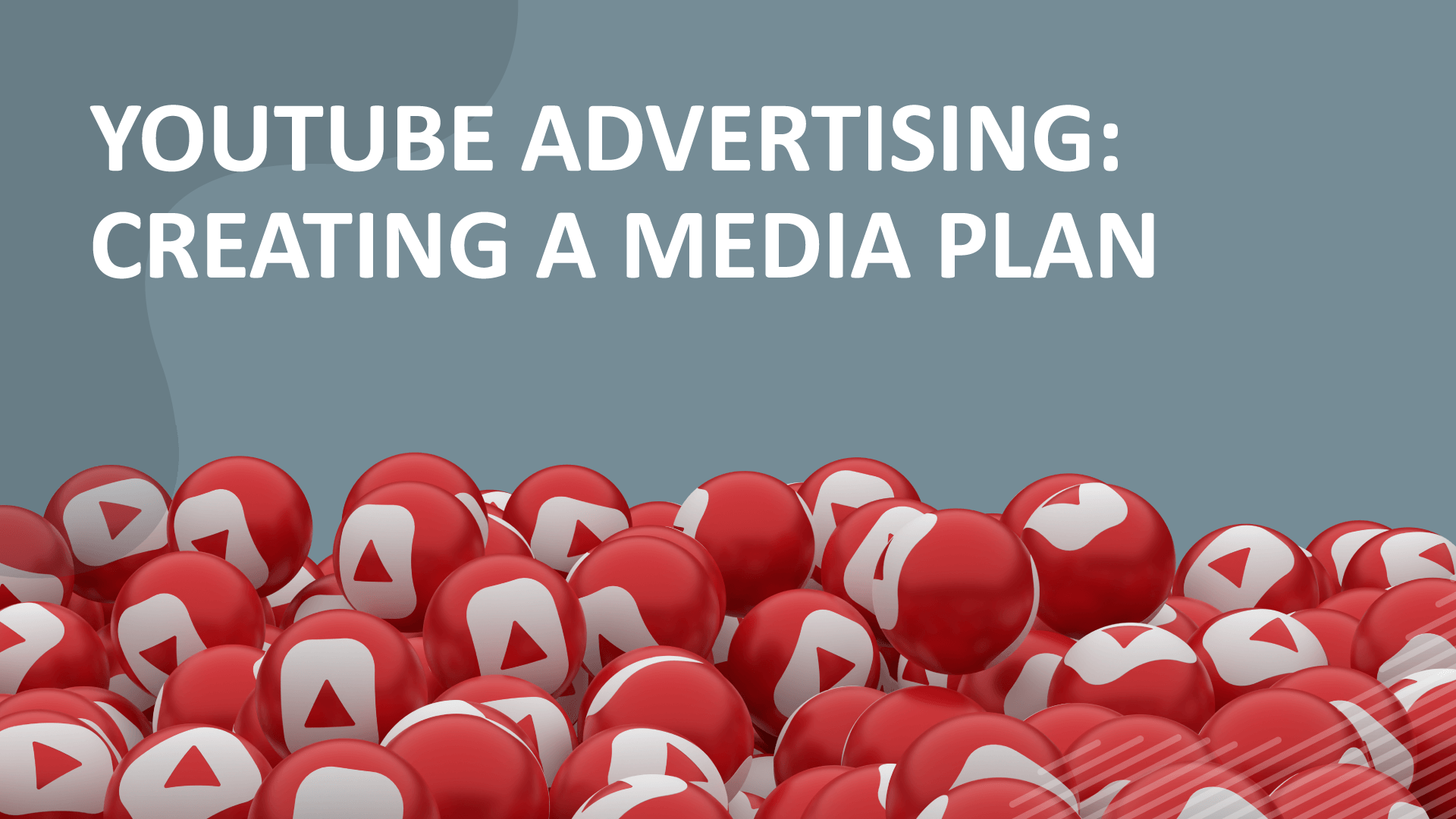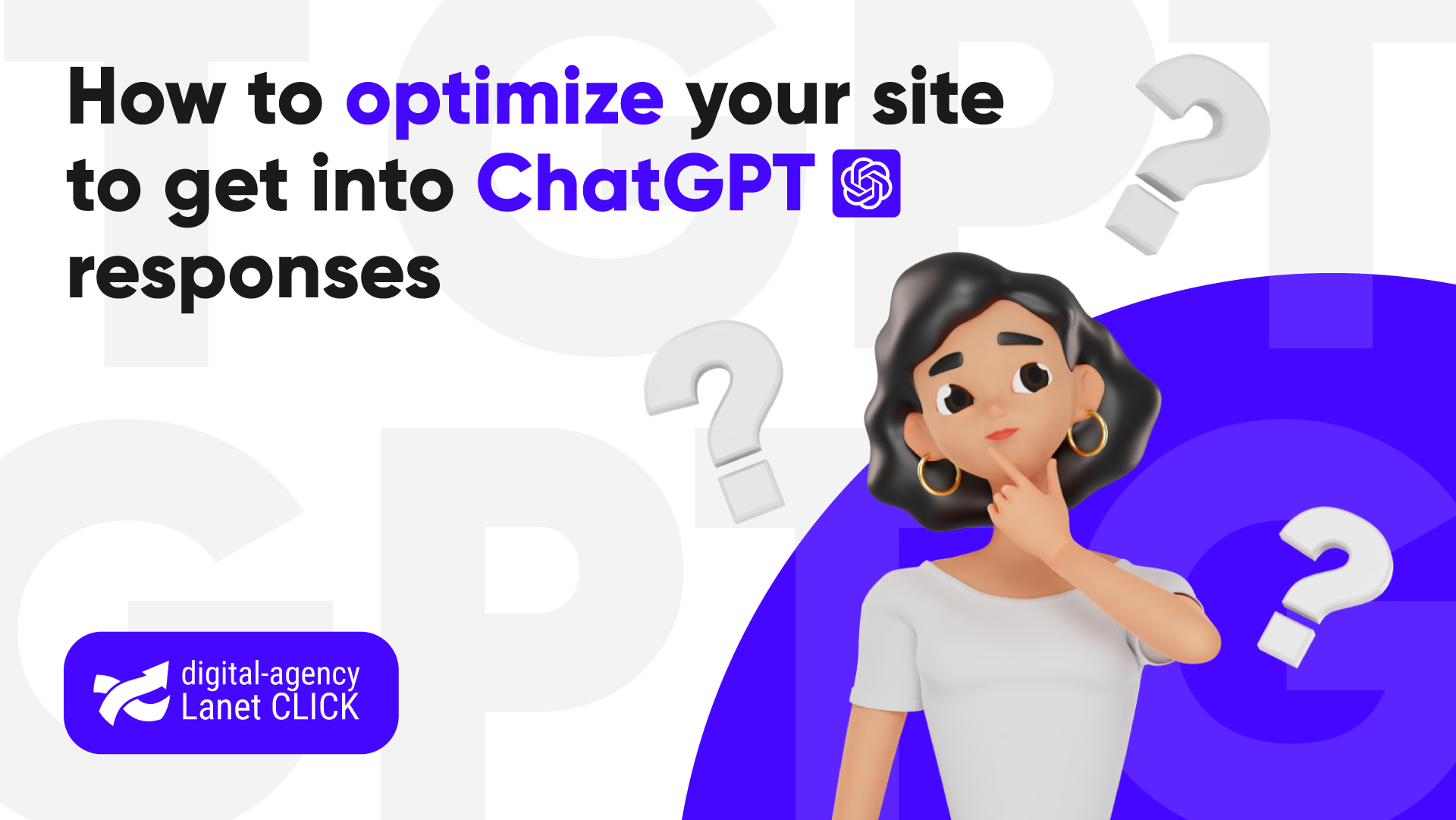
Lanet CLICK entered the TOP-8 digital agencies of Ukraine according to the Ringostat 2025 rating
Lanet CLICK was included in the list of the best digital agencies in Ukraine according to the Ringostat 2025 rating […]


Before you start creating a media plan for YouTube video ads, let’s understand what media planning actually is. Media planning is the process of selecting advertising channels and methods for a specific company. There is also strategic media planning, which is the process of combining all advertising messages and platforms into a single mechanism.
A media plan is a table that contains all the information about the company’s advertising activities. In fact, it is a road map for the marketer, according to which the specialists set up advertising campaigns.
Usually, a media plan should consist of many parameters that help make a rational choice of an advertising channel. However, each media plan should also contain the following key indicators:
In a media plan for YouTube video advertising, the first task is to demonstrate how many contacts with the audience you can get with a specific budget. One of the Google Ads tools — Reach Planner, located in the Tools and Settings section of the advertising cabinet, will help you with this.
Depending on the selected campaign type, you will get different advertising effectiveness. Both the price per view and the size of the optimal target audience will differ. There are three main types of video campaigns on YouTube:
Classic parameters for targeting in display advertising are age, gender, and location. These basic characteristics are the first line of limitation. The next line to narrow down is Google Audiences. There are three types of audiences:
It includes people who share a broad common theme — movies, vacations, food, etc. This audience is suitable for setting up an advertising campaign for goods or services of general use.
Such audiences consist of people who, in the short term, plan to buy a certain product or are interested in it. These users are fickle, and their list of interests is constantly updated. Among such people, you can look for hot customers for a highly specialized product.
These are users who recently had a certain event in their life. It may be marriage, the birth of a child, admission to a university, etc. Such audiences are narrow and, accordingly, expensive. However, they open additional advertising opportunities for individual advertisers.
If you haven’t found the audience you need, you can set up targeting based on keywords or similar sites. However, you won’t be able to calculate custom audiences through Reach Planner.
In Google Ads, you cannot specify the required frequency of impressions per user. However, there is a function to limit the number of ad impressions during the day, week, or month.
The optimal period for placing one creative without updating is from 2 to 3 weeks. However, it is also worth considering the quality of the creative: how interesting the creative is to the audience and how quickly it gets boring.
The final step in planning a video campaign is budget calculation. At the same time, you should remember that the cost of placement depends on:
When you enter all these data in the Reach Planner, you will only get approximate data. After all, the actual cost of contact with the user also depends on the auction and the creative itself. But at the same time, the Reach Planner provides predicted values you can achieve with the proper sequential setup.

Lanet CLICK was included in the list of the best digital agencies in Ukraine according to the Ringostat 2025 rating […]

For a site to rank high in search results, it is important to work not only with content and technical […]

Artificial intelligence has already changed the rules of the game in search engines. Users are increasingly turning to ChatGPT and […]
A good strategy, perfectly selected digital tools, and their effective application will allow the business to increase profits, grow the customer base, and form recognition and loyalty. Do you want something like that? Contact us.
You have taken the first step towards effective online marketing. Our managers will contact you and consult you soon.